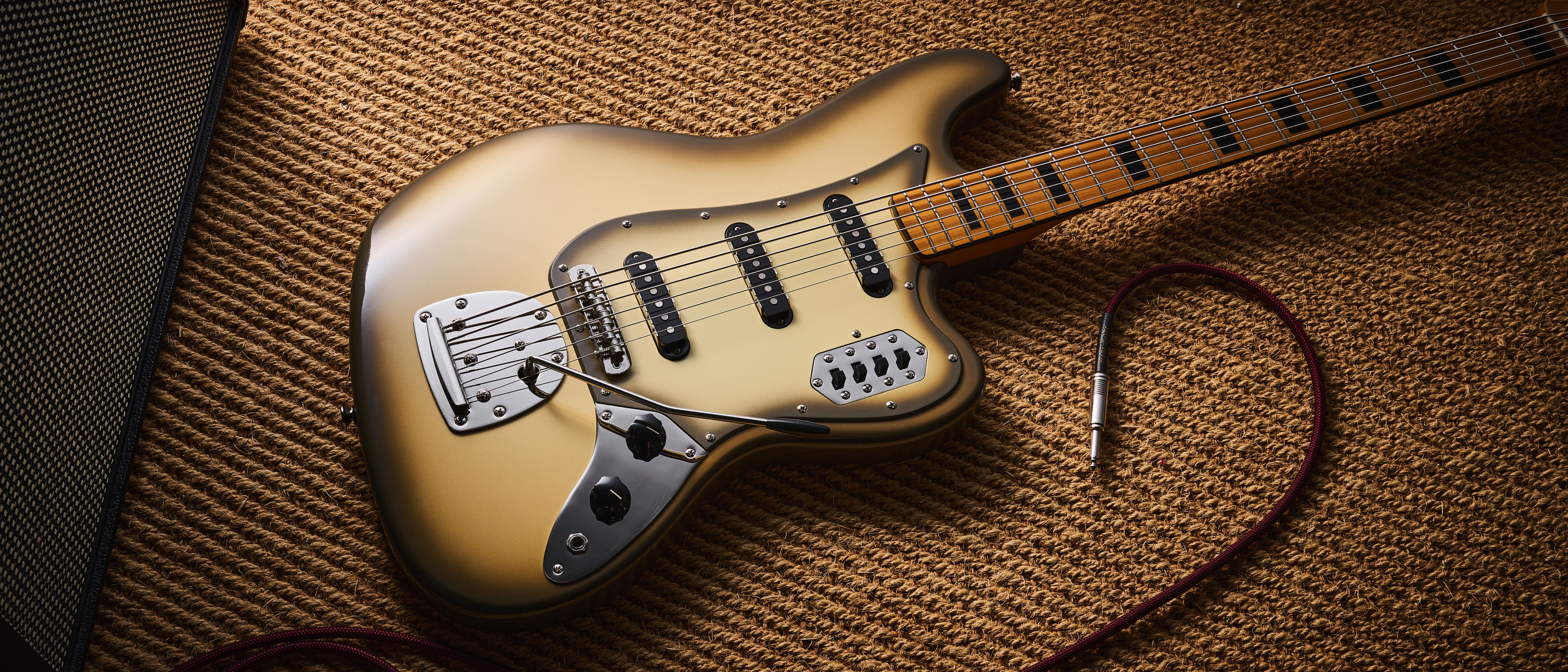Guitar World Verdict
A unique instrument with a feel and voice all of its own, the Squier Classic Vibe Bass VI is the perfect choice for the experimental guitarist who wants to be inspired by something different.
Pros
- +
Can handle both bass and guitar duties.
- +
Sounds like nothing else.
- +
Surprisingly playable given the scale.
- +
Tremolo holds tuning really well.
Cons
- -
It’s quite a niche instrument with potentially limited appeal.
- -
Some small QC issues with our model.
You can trust Guitar World
What is it?
Is it a bass? Is it a guitar? Ask around and you’ll get different answers, but one thing’s for sure, the Squier Limited Edition Classic Vibe Bass VI is one of the most unique instruments I’ve ever had my hands on.
The 30-inch scale is in short-scale bass guitar territory, but the string spacing and the fact there are six strings point toward the traditional electric guitar. It also has a non-locking tremolo like you’d find on a Jazzmaster or Jaguar, and I can’t ever recall seeing a tremolo unit on a bass as stock before.
The poplar offset body is hefty and finished in the ever-divisive Antigua colorway. Born of an accident when Fender burned the outer edges of some of its guitar bodies, it’s certainly eye-catching.
The recreation of the effect on the pickguard gives the guitar some interesting symmetry, and much like its indecision as to what kind of instrument it wants to be, the finish is neither garish nor subtle. The non-guitarists I showed it to found it unremarkable, whereas all my guitarist mates hated it.
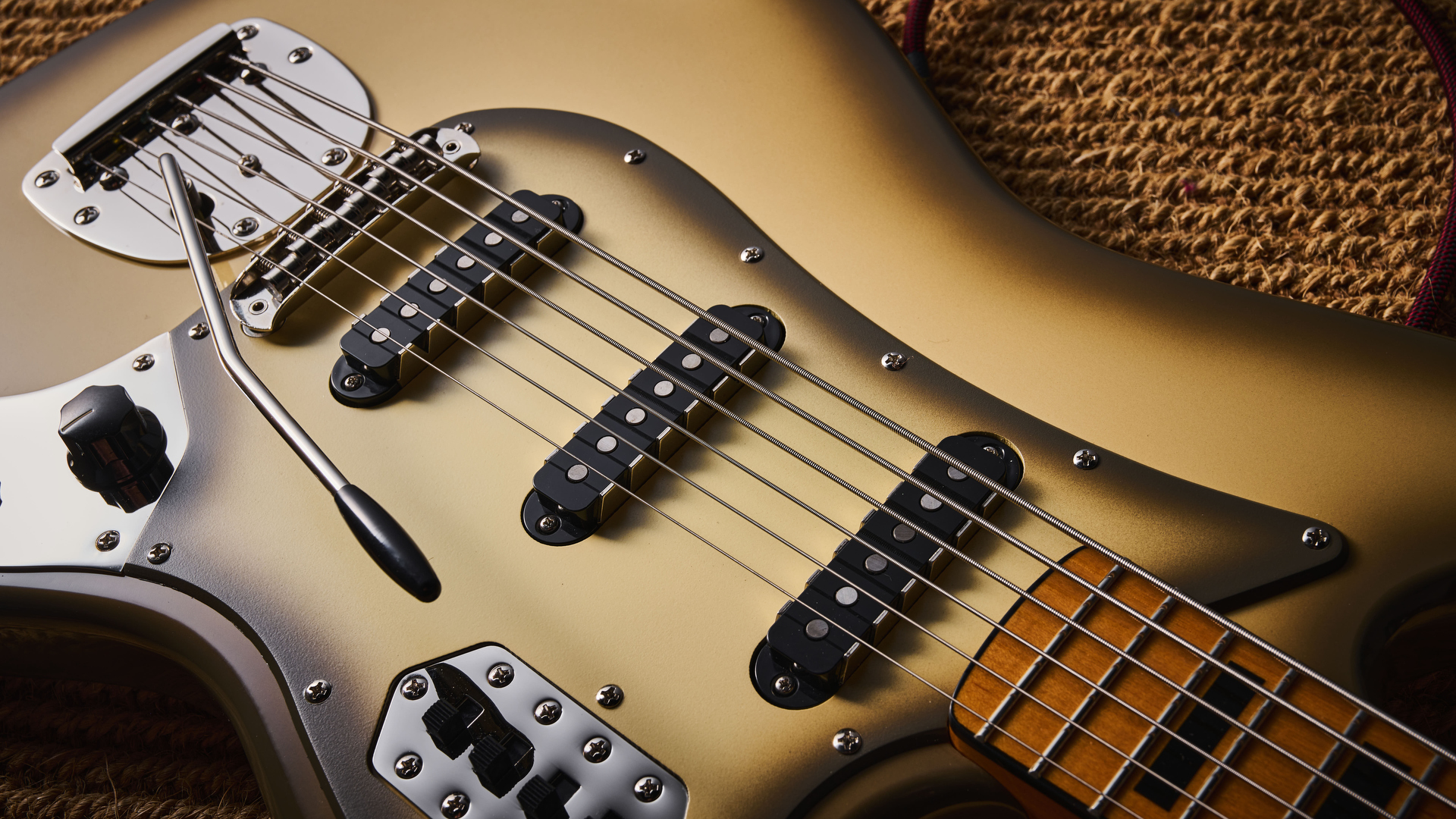
The neck is gorgeous, though. I love black block inlays on a maple fretboard, and the vintage gloss finish is fantastic. The black binding and inlays contrast beautifully with the maple thanks to the glossy finish, which really makes the whole instrument pop.
It’s a ‘C’ profile, which feels like the right balance of heft and slink for an instrument with larger proportions. 21 narrow tall frets give you plenty of feel when you slide up and down the neck, and the nut width at just below 43mm will feel comfortable to the majority of guitar players.
Keeping in theme, the electronics are similarly unique, with three single coil pickups that are very spaced out on the body. Each pickup has a dedicated slide switch for on or off, while a fourth switch engages a ‘strangle’ circuit which takes out some of the bass frequencies. You can order the pickups any which way you like, with combinations or just single pickups engaged. A master volume and tone knob offer additional tone sculpting options.
In terms of hardware, the standout spec here is that non-locking floating vibrato. It’s a seemingly strange addition to what is essentially a bass guitar, but more on that later. You get a six-saddle bridge that you typically find on Fender’s offset guitars, and six vintage-style tuners adorn the headstock.
Specs
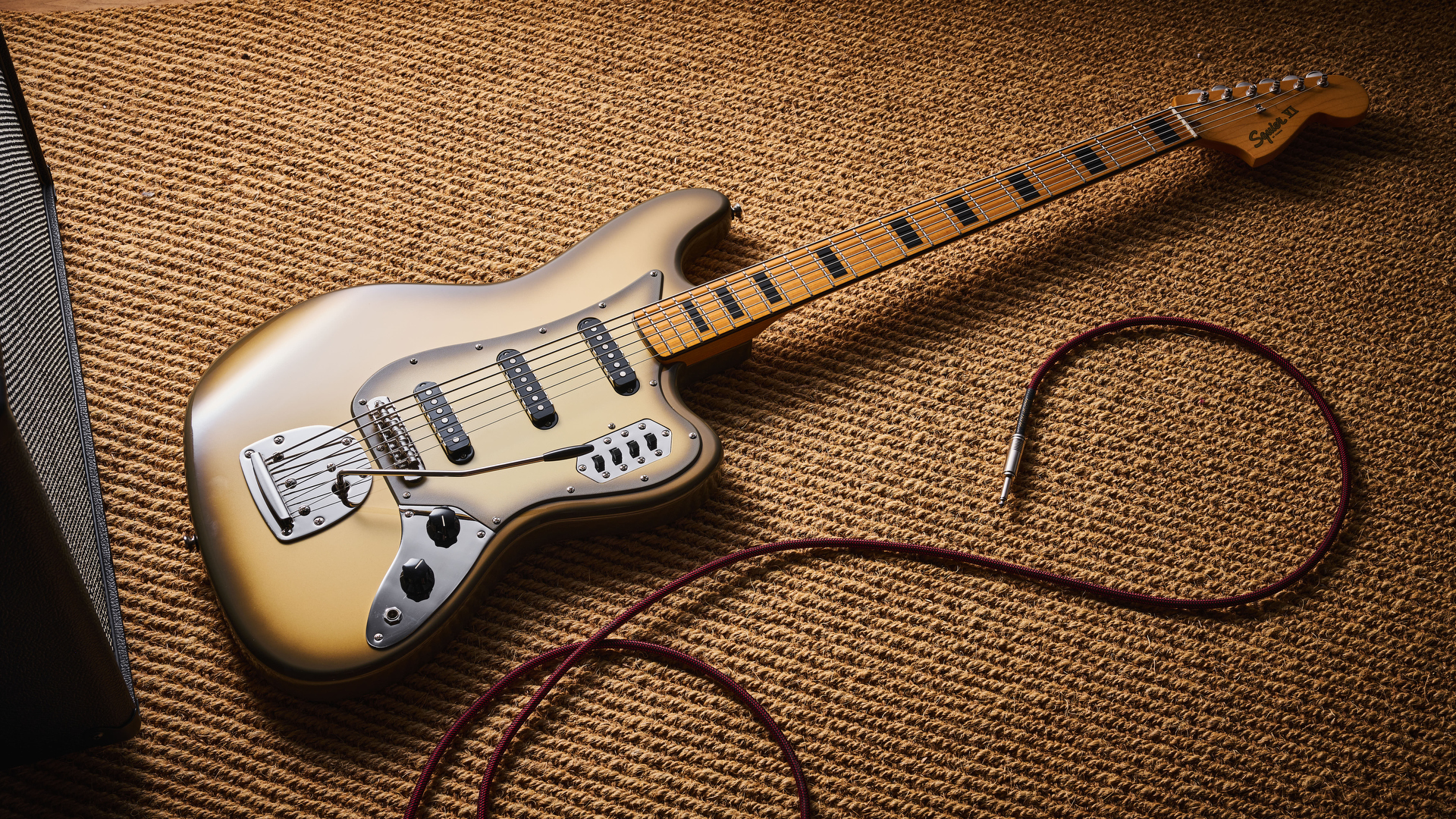
- Launch price: $499 / £479 / €549
- Made: Indonesia
- Type: Six-string electric bass guitar
- Body: Poplar
- Neck: Maple, ‘C’
- Fingerboard: Maple
- Scale length: 30”/762mm
- Nut/width: Bone, 42.86mm
- Frets: 21 frets, narrow tall
- Hardware: Vintage-style tuners, 6-saddle vintage-style bridge with non-locking floating vibrato
- String spacing at bridge: 52mm
- Electrics: 3x Fender-designed alnico single-coils, master volume, master tone, 3-on/off slide switches (one for each pickup), 2-position slide switch for bass-cut ‘strangle’ circuit
- Options: N/A
- Left-handed options: No
- Finishes: Antigua
- Cases: No case
- Contact: Fender
Build quality
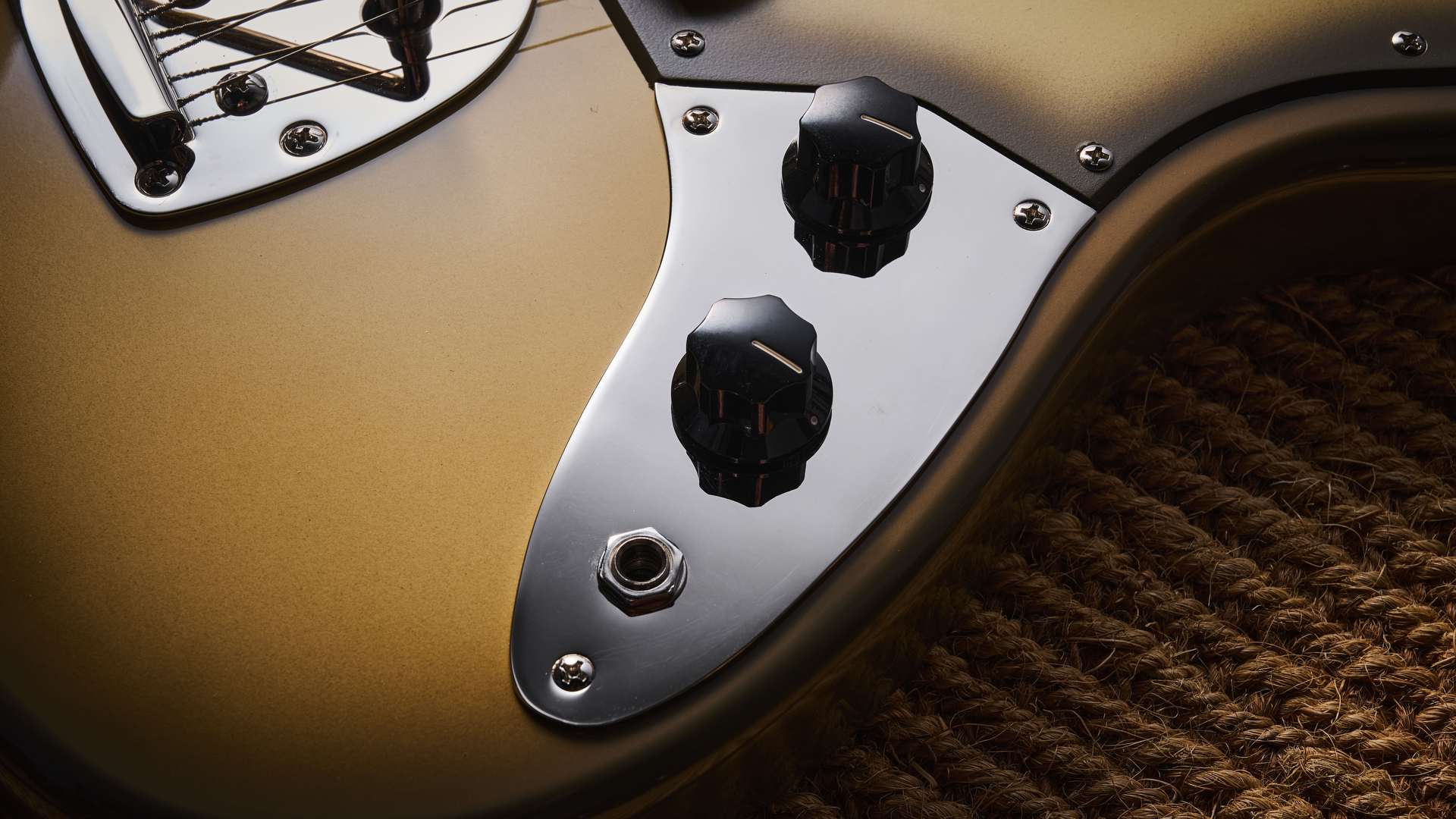
Build quality rating: ★★★★☆
Build quality feels like a given nowadays, and I rarely receive a guitar I think is below the expected standard, but there were some small flaws with the Classic Vibe Bass VI. On the plus side, there’s absolutely nothing out of place on the neck with the frets well dressed, the gloss finish applied with perfection, and ditto for the binding and the block inlays. The tuners respond well to your inputs, with each giving an even response.
The classic issue of the loose, squeaky tremolo arm from this style of bridge is here – which can be permanently remedied with the hammer trick – more a design flaw than a build quality issue though. I did find that the volume knob felt a little loose in its housing. This could have happened during the shipping process to be fair, and again is something easily remedied.
I also noticed that both the knobs weren’t applied in the same manner, which will have any detail-orientated guitarists out there boiling, as the knobs point in slightly different directions when they’re both at full blast.
It sounds like I've only got complaints regarding the build quality, but these are small issues that don’t detract from the sound or playability of the instrument. Overall, the finish is exceptionally well applied, even if you’re not a fan of Antigua, and the guitar feels well put together. Aesthetically it’s hard to find any fault with it at all.
Playability
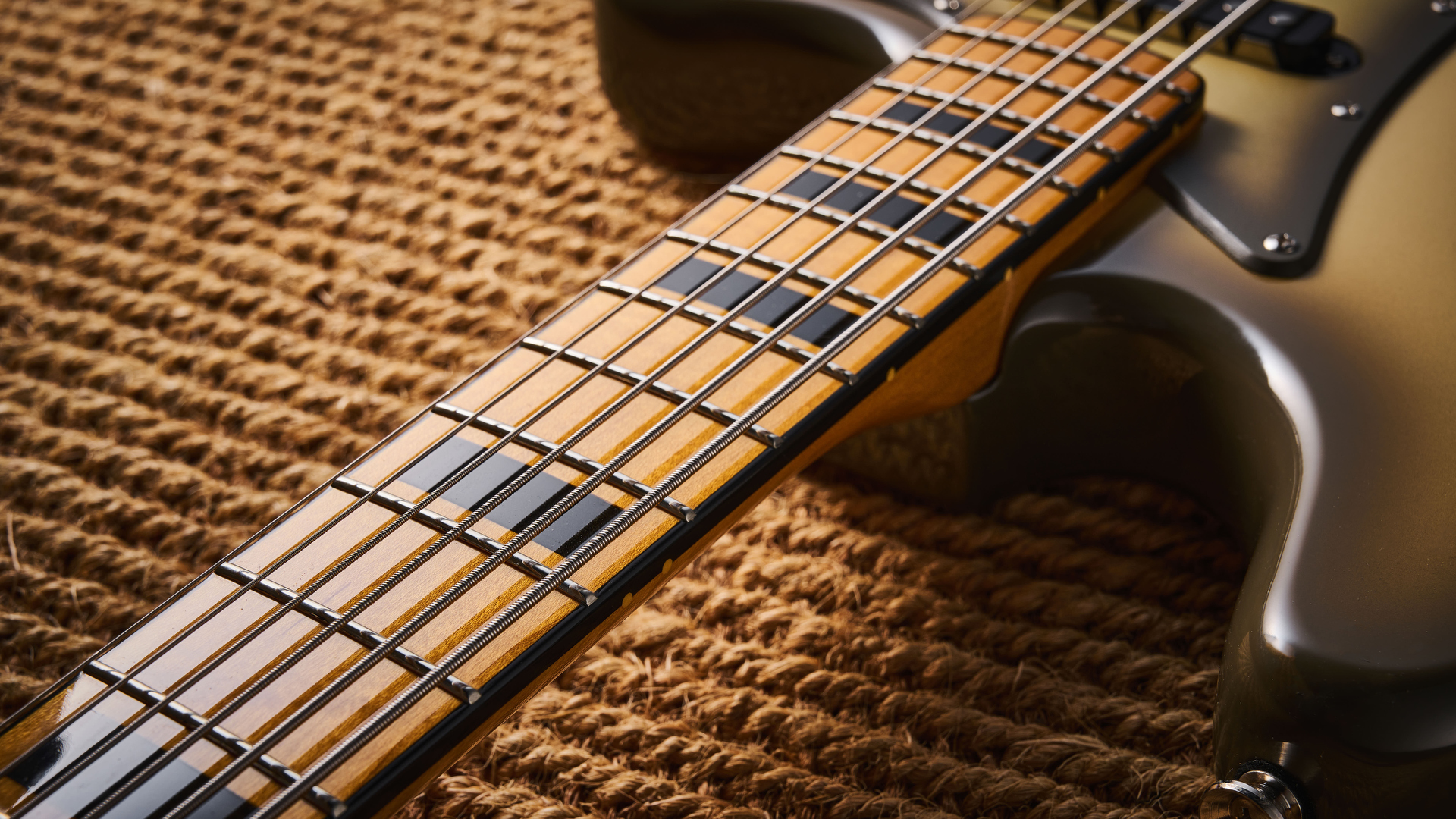
Playability rating: ★★★★☆
Playing the Bass VI is a really strange experience
Finally sitting down to play through a Neural DSP Quad Cortex and Positive Grid’s Spark Live acting as an FRFR speaker, I immediately noticed that the action was set a little low, leading to some string buzz on the lower notes of the low E that were audible through the speaker. Nothing that a quick raise of the bridge couldn’t solve though.
Playing the Bass VI is a really strange experience. On the lower strings, it feels like a bass thanks to the tuning being a full octave below a regular guitar. Playing riffs and single-note licks feels distinctly bass-like, and the string gauge is similar to what you would find on a bass or extended-range guitar.
Moving to simple barre chords around the eighth fret makes it feel more like a guitar with heavy strings on, a feel more similar to a baritone. Go to play lead on it and you get something between the higher strings on a bass and the lower notes on a guitar.
On the one hand, it’s too slinky to be a bass, with legato licks coming a lot easier, and yet you can’t bend quite as easily as you can on a guitar, it’s less limber qualities belying the fact this is a longer scale instrument.
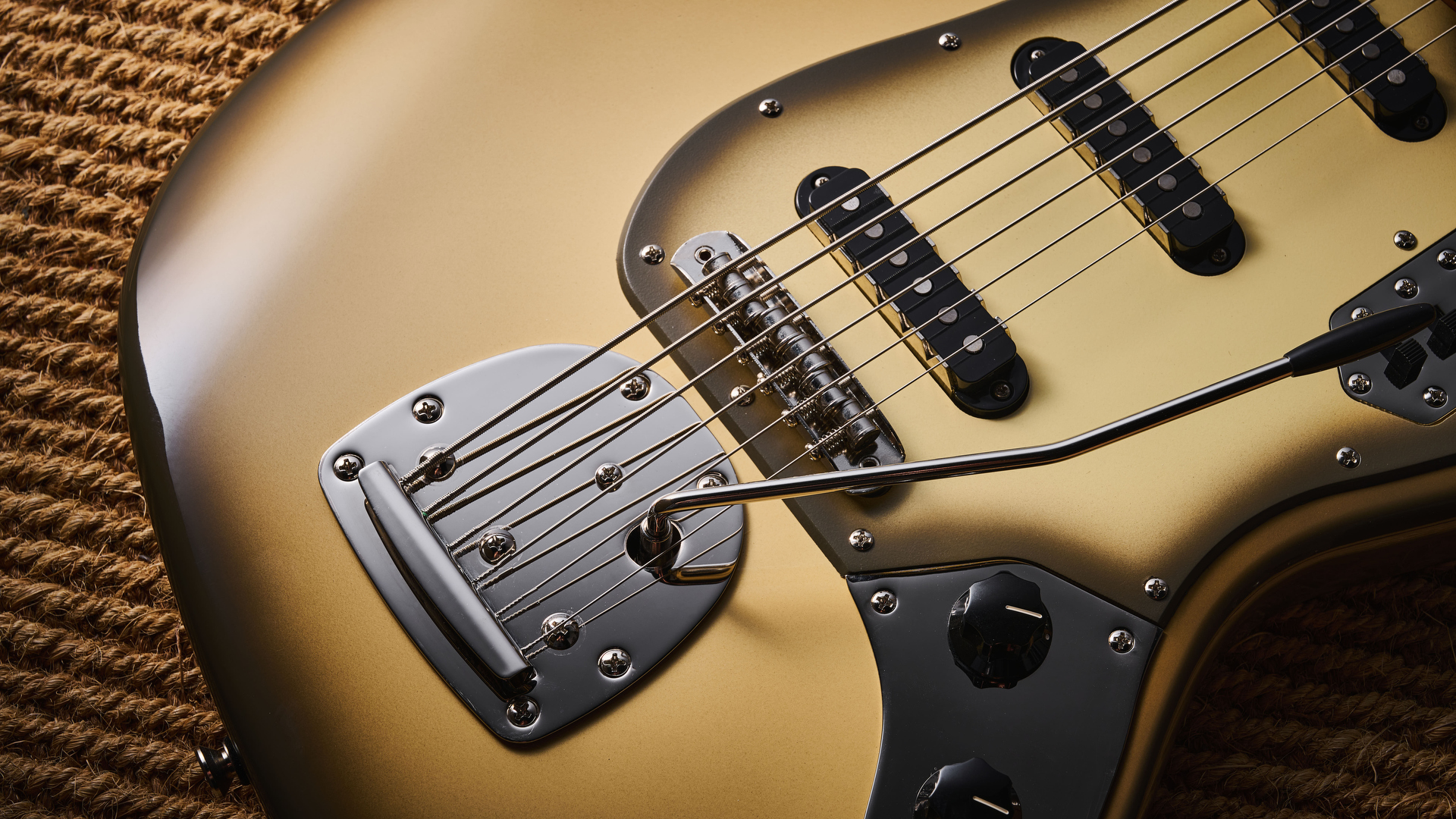
It is very playable for guitar licks, though. It didn't take me long to get up to speed with some of my favorite scale runs and lead licks. The neck profile makes it comfortable for fast playing and once you've gotten accommodated to the spacing, you can absolutely rip on it like you would a guitar.
If you want to try and play it like a traditional bass you can, but it’s a little awkward as the pickups don’t have enough clearance to rest your thumb on comfortably.
I made the best of it resting my thumb on top of the pickguard, and once I’d gotten used to the string spacing and reined in the attack with my fingers, it felt more like plucking away at a short-scale bass guitar, albeit with the occasional wayward hit of an unintended string when trying to mute.
The vibrato works really well, and it holds its tuning brilliantly even when you lean on it. Adding vibrato to the low chords you can play is a decidedly different sound to what most guitarists are used to, and it’s great fun to mess around with. The arm does feel a little close to the strings though, so if I was going to keep this guitar I’d probably make some adjustments and get the arm resting further away from the strings for easier control.
Sounds
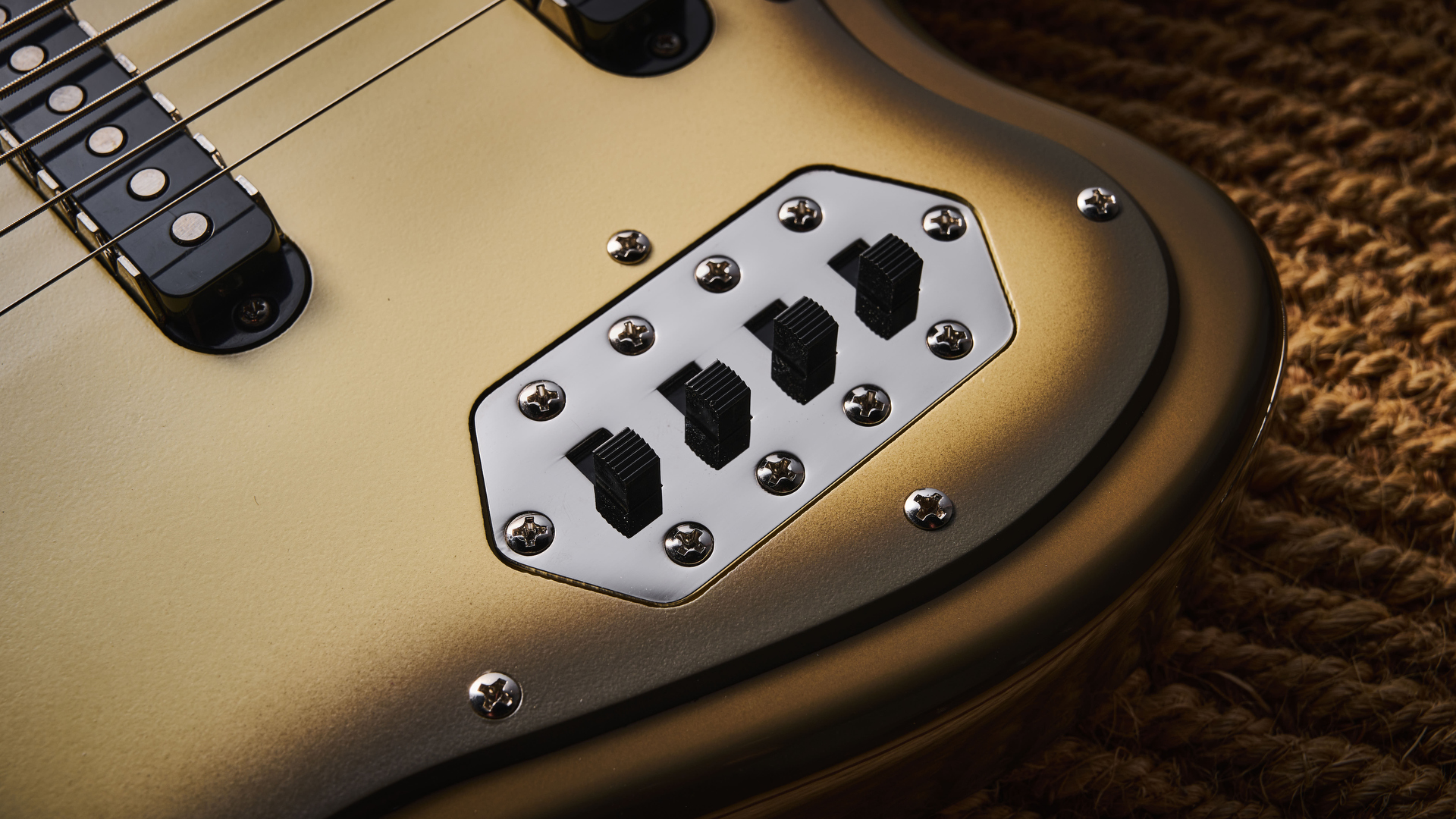
Sounds rating: ★★★★½
With individual on/off slider switches for each of the three single-coil pickups, you can use any combination of the pickups together with one another. Using the pickup nearest the neck delivers a decidedly bass guitar-like tone, and when combined with a Gallien-Kreuger bass amp model on the Quad Cortex, there’s little doubting the bass guitar qualities of the Bass VI. Round and warm, with oodles of low-end energy, in a blind test I don’t think anyone would think you’re playing something other than a P or Jazz Bass.
The middle position is pretty bass-heavy too, leaning slightly more to the midrange but to my ear, not too dissimilar to the neck pickup. In the bridge position however, you get a much more guitarist-friendly tone, with a lot of that low-end roundness gone and plenty more of that midrange and treble ‘clank’ in the tone. Here if you play higher up the neck it sounds much more like an electric guitar with single coils, with plenty of chime and cut.

Your picking and string muting technique better be really good
Playing through a clean amp gets you a unique tone, particularly with open chords at the lower end of the neck. It’s hard to quantify, sounding somewhat like a bass yet having more clarity than you’d find if you pulled similar shapes on your bass guitar. It sounds beautiful with clean-picked arpeggios higher up the neck, delivering its own distinctive voice that’s quite unlike anything else in my guitar collection.
I’ve seen quite a few heavy bands using the Bass VI nowadays and I can report that if it’s your bag, then yes it does djent. Your picking and string muting technique better be really good though, because it can get noisy with the bridge construction at higher gain levels.
With the right technique and high-gain amp model engaged, it’ll absolutely sound like an 8-string guitar though, with the single-coils helping it deliver plenty of clarity, even when I tuned it down to drop D.
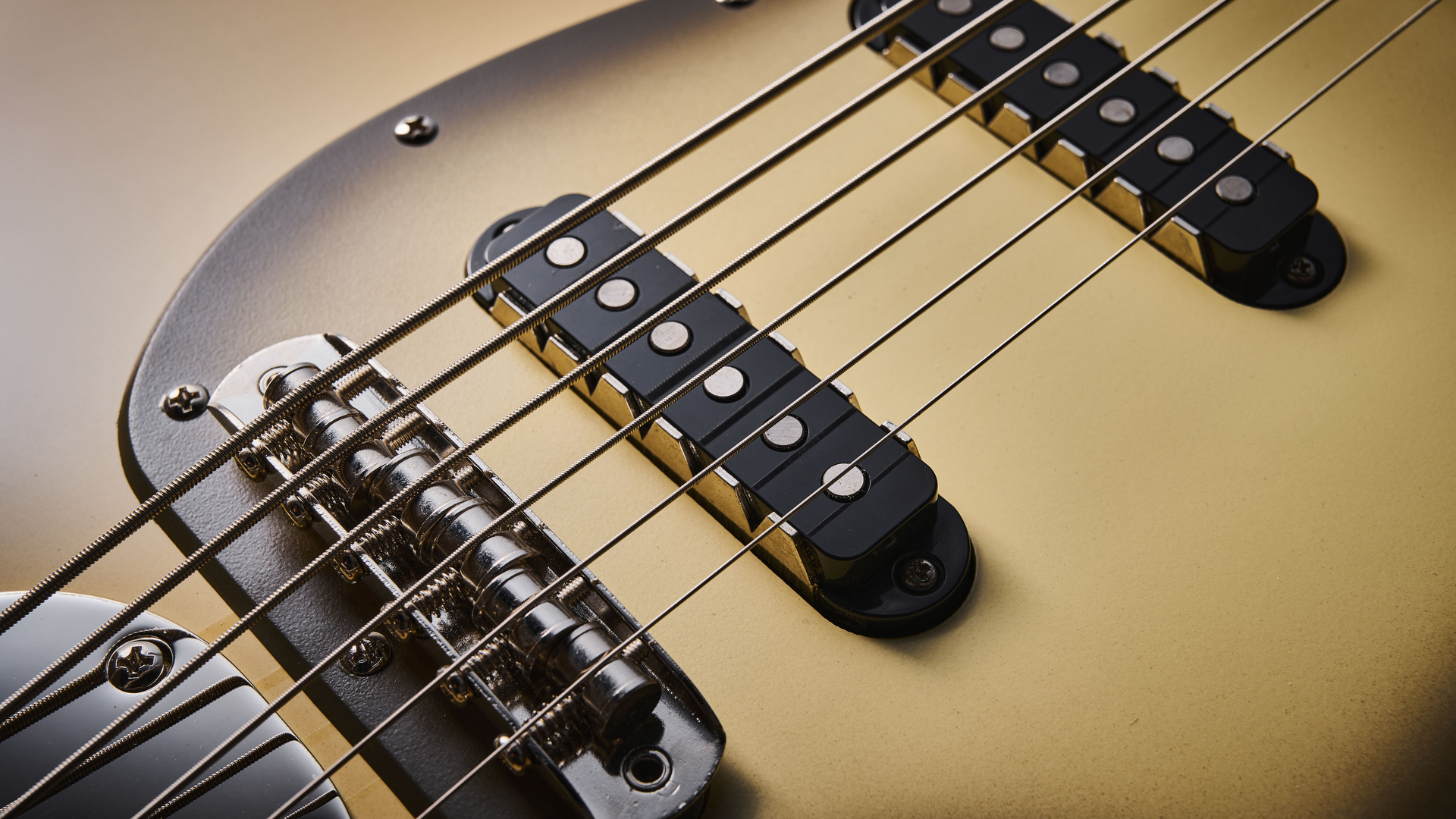
Curious to see how it would sound with other instruments, I booted up the project for my band's latest song and got to work seeing how it would fit into a full band mix. It’s a bit of a strange one to drop in where there’s already a bass or electric guitar though, and it seems to work better as texture or backing to something already there.
Adding some drive and chorus to the tone alongside a bass amp model and pairing it with the bass line helped bring that section further to the front of the mix. Similarly, when I doubled the heavy palm-muted guitar riff at the end through a guitar amp model, it gave it some extra heft that wouldn’t be immediately noticeable on first listen, but you’d definitely miss it if it wasn’t there.
On its own, the ability to play both bass and guitar parts is really useful if you’re doing a lot of production. You can get bassy chord stabs that are much more coherent than they would be via regular bass guitar, while djent-y guitar breakdowns or doubled leads can deliver some fantastic extra textures to your mixes.
Verdict
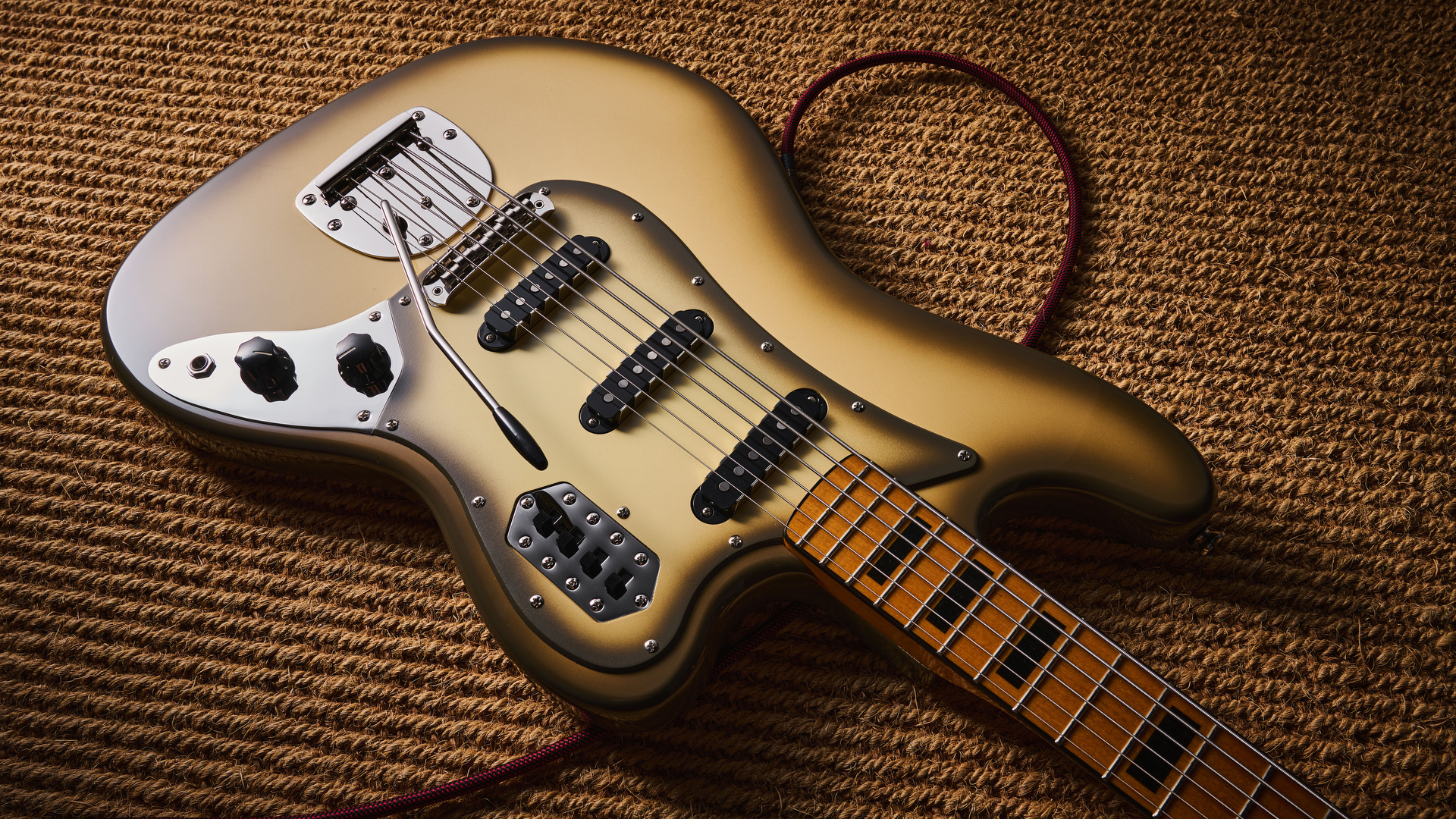
One thing I haven’t mentioned yet is that the Classic Vibe Bass VI is an inspiring instrument to play. Because it doesn’t feel quite like or bass or quite like a guitar, you find yourself approaching riffs differently, and I felt super-creative every time I picked it up. It forces you to adjust your technique to account for the different gauge strings, and that’s always a good thing when you want to pull yourself out of the rut of a regular six-string guitar.
It is a very niche instrument though, and I’ll caveat most of what I’ve said with the fact I regularly play a baritone, so it doesn’t feel that alien to me. Much like the baritone though, once you get over the initial feel of the longer scale, it’s the kind of instrument that can be a really powerful songwriting tool, or a versatile addition to the arsenal of a recording guitarist.
Would I want it as the lead instrument in a band or composition? I’d argue probably not. In the supporting actor role though it’s absolutely brilliant, and it will play a vital role in helping beef up the sound of a live band or add an extra layer of audio to recorded compositions.
Final verdict: Despite a slight identity crisis, the Bass VI is a truly unique instrument that has its own lane. On the one hand, it's separate from the bass or electric guitar, and yet it can imitate both. Truly unique instruments are few and far apart in this world of Strat and LP copies, so for the guitarist who wants to push the boundaries, the Squier Classic Vibe Bass VI is a potential game changer.
| Test | Results | Score |
|---|---|---|
| Build quality | Overall solid, with some small flaws | ★★★★☆ |
| Playability | A hybrid of bass and guitar | ★★★★☆ |
| Sounds | Versatile yet very niche | ★★★★½ |
| Overall | A unique instrument with a select use case | ★★★★☆ |
Also try
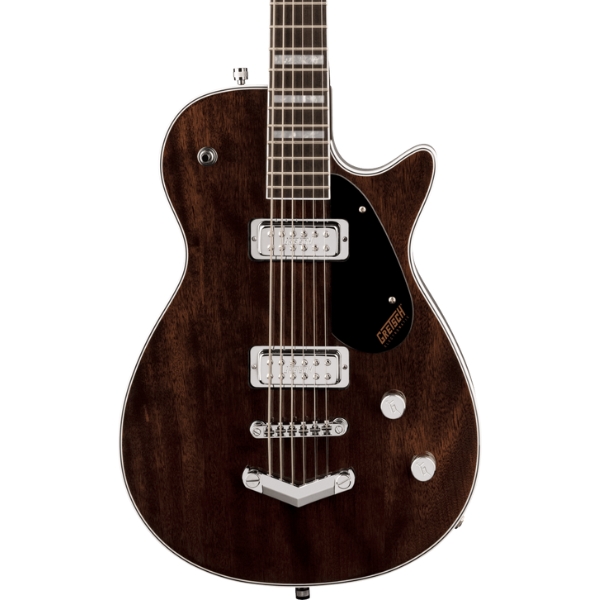
The Bass VI is a really unique instrument, but the next closest thing to it would be a baritone guitar. The Gretsch G5260 features a similar scale length at 29.75 inches, but the tuning and feel are much closer to that of an electric guitar than a bass.
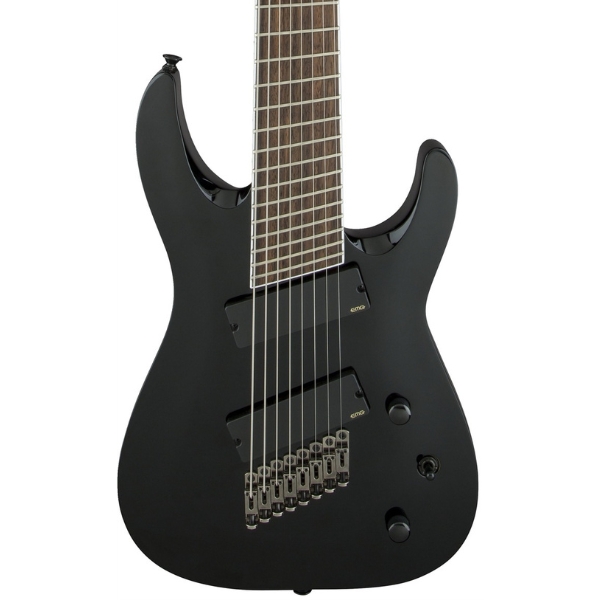
Able to reach the same E1 tuning as the Bass VI the Jackson X Series Soloist SLAT8 is very much the polar opposite in terms of pickups and styling. That said, if you want to get low and heavy, then it’s a brilliant choice for heavy music lovers.
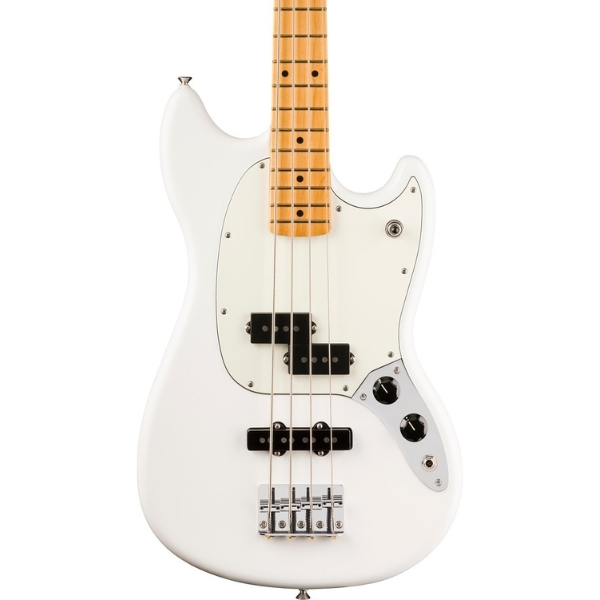
Why bother with an instrument that can’t decide what it wants to be when you can get low-end playability and punchy tones via a short-scale bass? The Fender Player II Mustang Bass features a comfortable 30-inch scale, delivering bass guitar tone that’s plenty playable.

Matt is a Junior Deals Writer here at Guitar World. He regularly tests and reviews music gear with a focus on guitars, amps, pedals, modelers, and pretty much anything else guitar-related. Matt worked in music retail for 5 years at Dawsons Music and Northwest Guitars and has written for various music sites including MusicRadar, Guitar Player, Guitar.com, Ultimate Guitar, and Thomann’s t.blog. A regularly gigging guitarist with over 20 years of experience playing live and writing and recording in bands, he's performed everything from jazz to djent, gigging all over the country in more dingy venues than you can shake a drop-tuned guitar at.
“I use a spark plug to play slide. It's a trick Lowell George showed me. It gets incredible sustain – metal on metal”: In the face of sexist skepticism, Fanny's June Millington carved a unique six-string path, and inspired countless players in the process
“An esoteric boutique vibe, superb ergonomics and a powerful, unique preamp – Tobias is back”: Tobias Growler IV review
The heaviest acoustic guitar ever made? Two budding builders craft an acoustic entirely from concrete because they “thought the idea was really funny”
